South Sudan’s Hunger Crisis: Over 2 million people reached through multi-sectoral programming
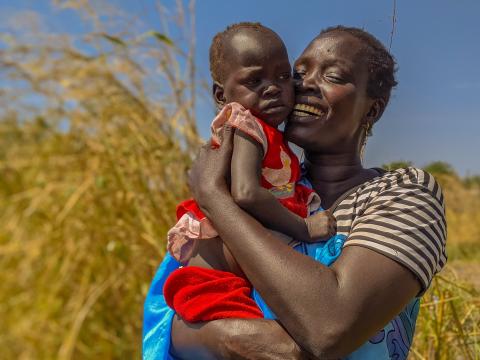
One year on, the World Vision East Africa Hunger Emergency Response in South Sudan has made many strides in reaching the most vulnerable children. With a target of over 1.7 million people in 21 counties of Warrap, Upper Nile, Northern Bahr el Ghazal and Central Equatoria States where IPC 4 and IPC 5 were reported. The response has reached 2,159,324 people, over 755,000 were children.
According the Food Security Nutrition Working Group, in 2022, approximately 1.34 million children under five years old are to suffer from acute malnutrition based on the results of the Standardized Monitoring and Assessment of Relief Transitions (SMART) nutrition surveys. The highest burden is from Jonglei, Upper Nile, Unity and Western Bahr el Ghazal States.
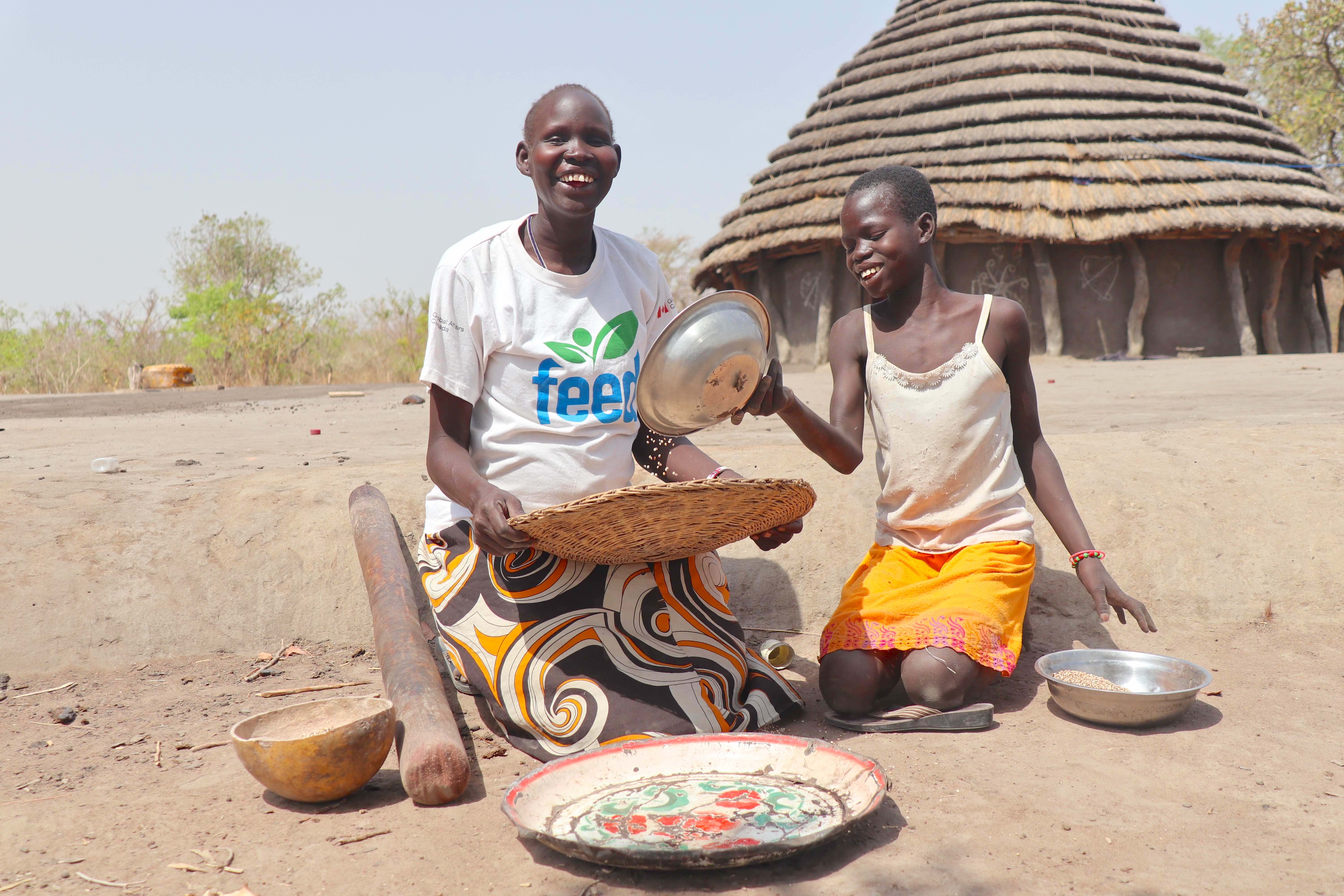
The multi-faceted effects of hunger has prompted World Vision to focus on multi-sectoral programming. A hungry child coupled with lack of sufficient water to enhance good hygiene practices is more prone to disease. A child that is sick will need immediate medical attention to arrest further progression of the disease. A household that does not have income will neither afford food nor medical care.
Continuous hunger and lack of proper nutrients will lead to children’s malnutrition. Parents that are looking for food to feed their families will not prioritize educating their children. Families that are looking out for all options to survive may adopt negative coping practices like child marriage, child labour etc.
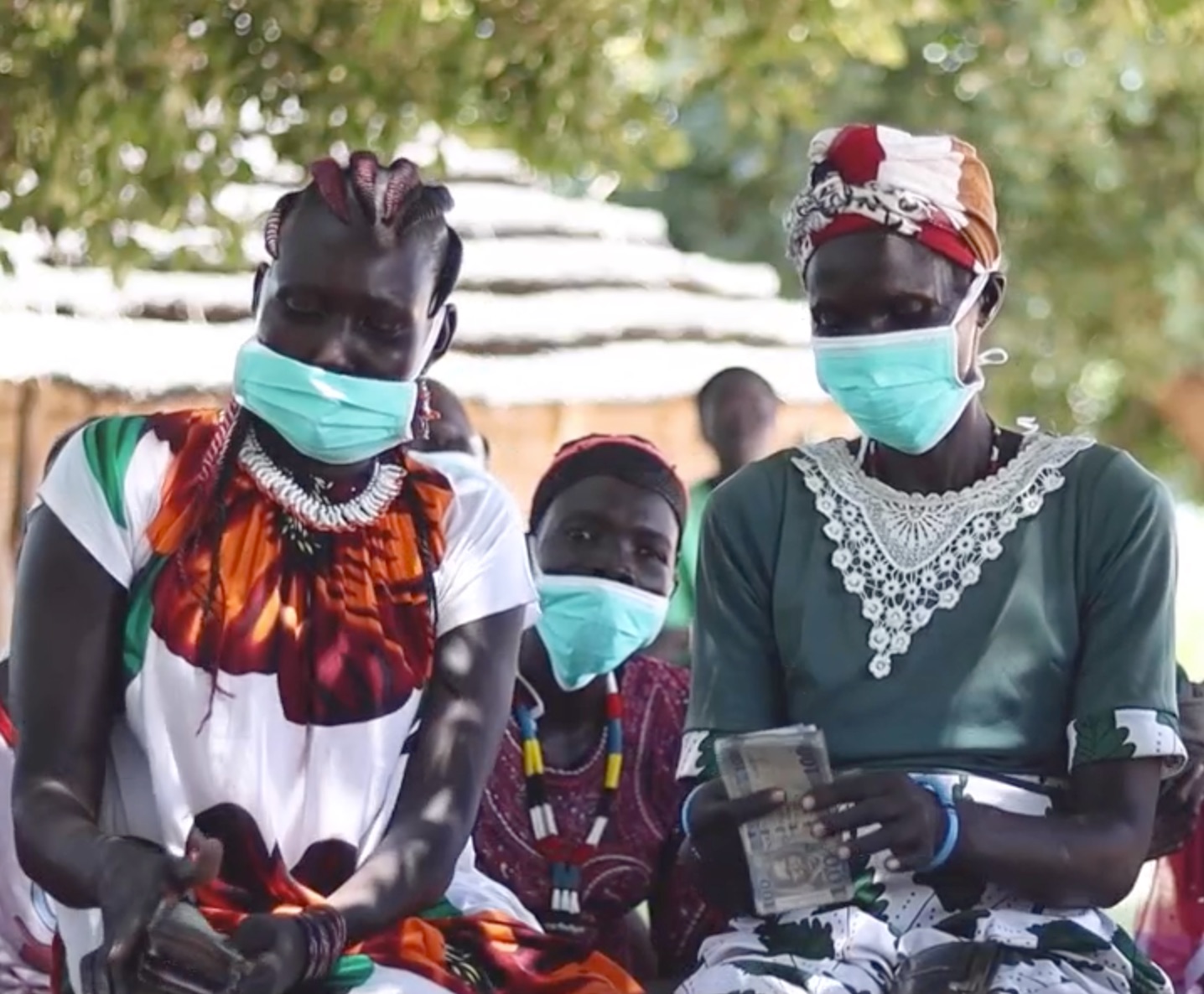
The key drivers of acute food insecurity revolve around displacement leading to depletion or loss of assets; economic crisis – weaker value of the local currency leading to high food prices, natural hazards – climate shocks such as floods and dry spells.
Collectively, the effects of these drivers is reduced income not only for purchasing food and essential needs but also for improving the quality of life in all sectors.
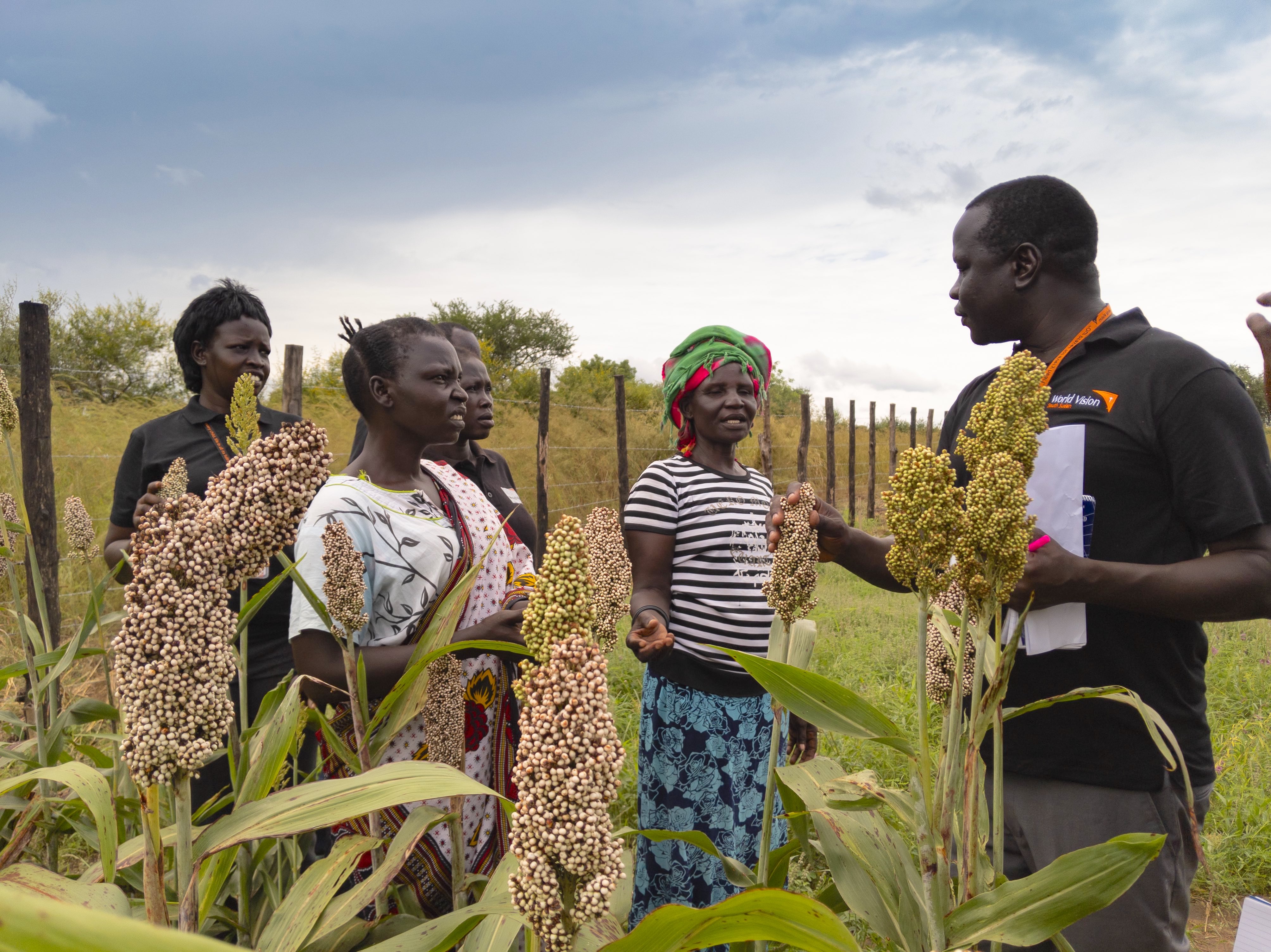
Based on this situation World Vision’s hunger response in South Sudan adopted a multisectoral approach consisting of the following interventions;
- Food Assistance support, provision of cash assistance, children at school receiving hot meals, equipping men and women with food security and livelihood knowledge and skills.
- Livelihoods inputs/ kits distribution such as vegetable seeds, fishing kits and animals.
- Children under 5 were reached with support through primary health care facilities through curative consultations,
- Community Management of Acute Malnutrition (CMAM) and MIYCN program launch availed by 112,515 children aged 6-59 months.
- Provision of psycho social support to children through implementation of Child Friendly Spaces (CFS), community members were also reached through awareness sessions and access to child protection information.
- Protection education, services and prevention of GBV sessions were conducted targeting adults, with support from faith and community leaders.
For greater impact and outreach, faith actors were engaged to promote awareness on hunger related issues. Underlying all these interventions was peace building initiatives to enhance social cohesion of communities that World Vision serves in the hunger response.
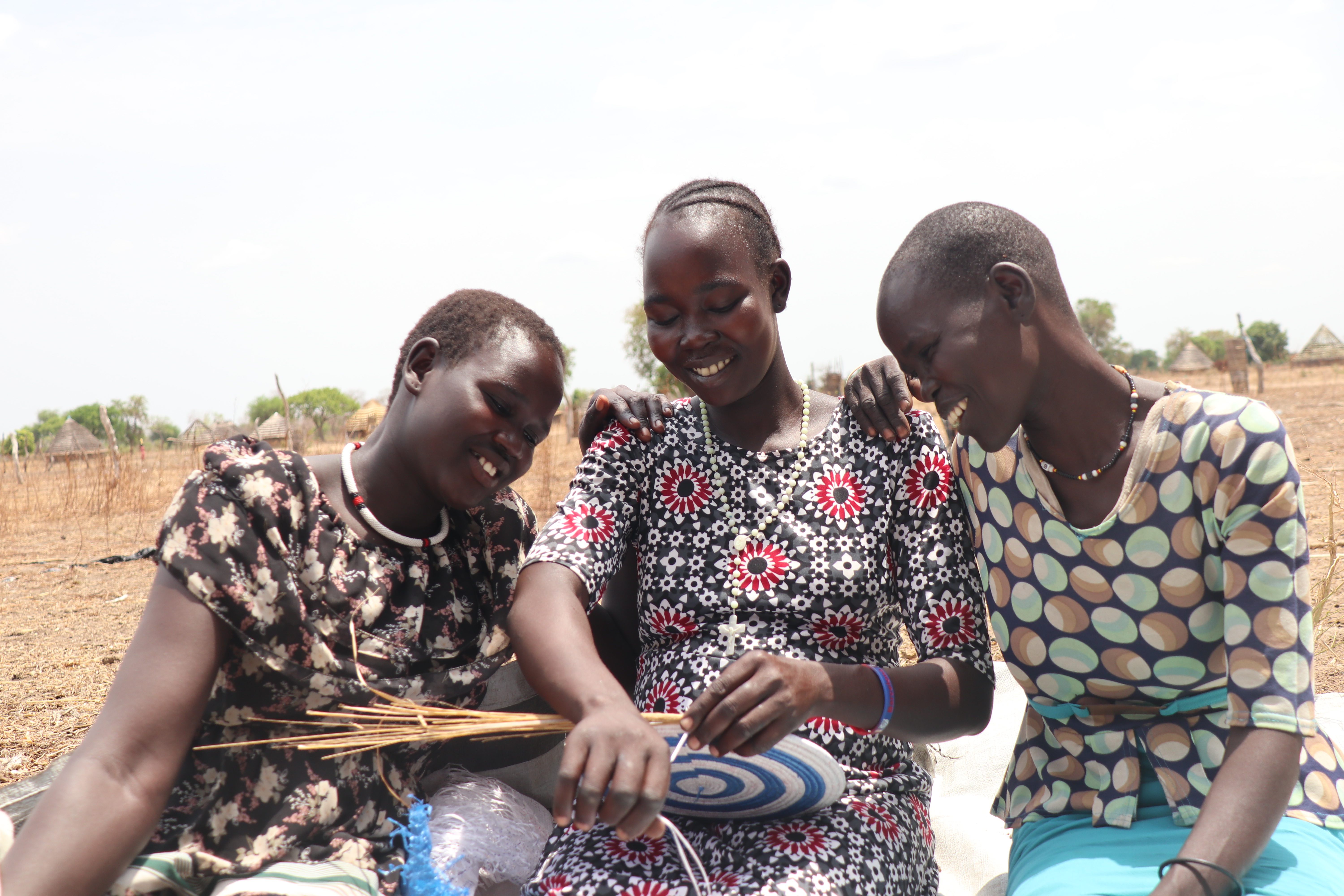
World Vision recognizes that it is mostly through multi-sectoral programming that the most vulnerable children can be given a holistic chance at thriving. The country's hard-to-reach areas do not have the luxury of having fully functioning facilities.
On closer analysis of community feedback trends, it was evident that communities began to request for longer term interventions alongside short term interventions. These included but were not limited to request for support to education, mental health services and flood mitigation measures.
Of the 2,159,324 persons reached across the country, 997,549 were in Greater Upper Nile, 1,098,919 in Greater Bar el Ghazal and 62,855 in Central Equatoria States.
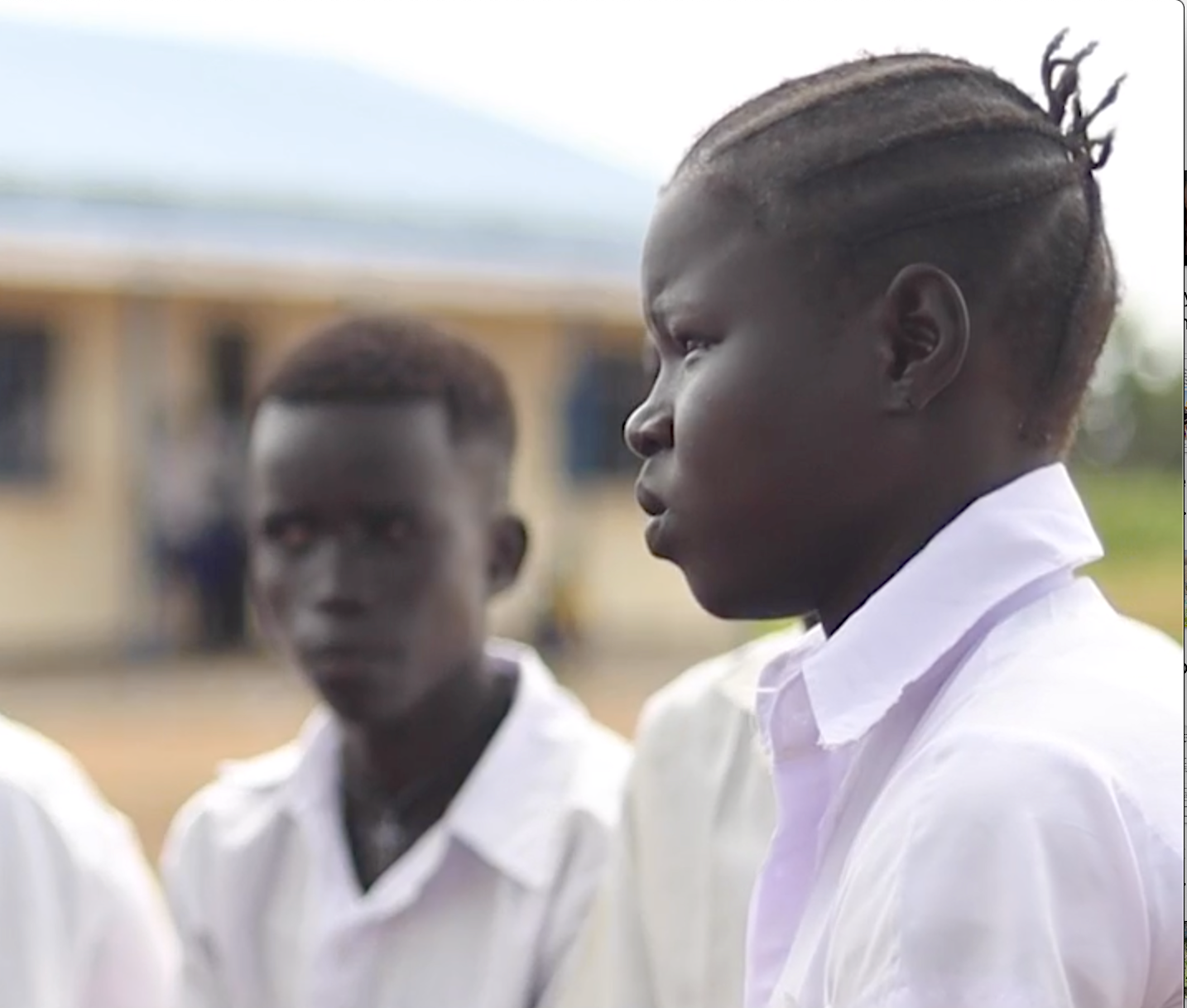
Check and download your copy of our Hunger Crisis Case Studies.
Written by Enid K. Ocaya, Humanitarian Emergencies and Cash Programs Manager I Photos by Communications Coordinator Scovia Faida Charles Duku and Consultants Eugene Combo and Christopher Lete.